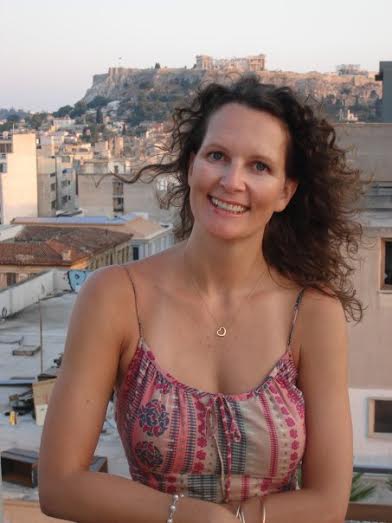Selene Wendt en conversacion con Diego Aretz

Diego-Is your first time working in South America? How was it?
Selene-This was not my first time working with South American artists. I have traveled extensively in Latin America, and have had the opportunity to work with many artists from Brazil, Colombia, Argentina and Chile, as well as Cuba, Jamaica and Trinidad. However, this was the first time I have had an exhibition in Colombia, and the experience was wonderful. This was my third time in Colombia and I look forward to returning sometime soon. Since the source of inspiration for the exhibition came from a personal interest in Latin American literature, it was particularly meaningful for me to present the exhibition in South America.
This curatory in association with the cuban Curator Gerardo Mosquera, is the first time you work together? How was the work between you and him?
Yes, this was the first time I worked directly with Gerardo Mosquera, who is a curator that I greatly admire. With such an emphasis on Latin American artists in the exhibition, I felt that it was important to collaborate with a Latin American curator, whose perspectives and experience could compliment my own. It has been a great experience working with him.
What Story Tellers “los habladores” expect of the audience?
Considering the depth of knowledge that lies behind the works in the exhibition one might think that the exhibition is intended for bibliophiles. The works are visual translations that tell or re-tell captivating stories that trace a path from Jorge Luis Borges to James Joyce, from Brazil to Norway, from the nineteenth century to the twenty-first century and back again, yet the exhibition is also easily understood without in-depth knowledge of the literature and poetry that is referenced in the works. Also, there is a strong visual component that also makes the works interesting on a purely aesthetic level.
Different countries, different worlds, literatures, How it is to curate all this elements of a globalized world?
As a curator with a distinctly global perspective, it comes naturally for me to bring artists from different parts of the world together into meaningful, interesting contexts.
Why you think art and literature should be important in our contemporary society?
Perhaps above all as an antidote to the fast-paced, media saturated society we live in. Depending of course on what kind of books one reads and what kind of art one is interested in, literature and art have always had the capacity to bring meaning to life. The fact that so many visual artists are creating works that are directly inspired by literature tells us something interesting about contemporary society — perhaps reflecting a longing for depth, meaning and knowledge.
This tendency is not limited to my exhibition either. Having just returned from the Venice Biennale I found it interesting that BBC Mundo interpreted the Encyclopedic Palace as “the biennale of Jorge Luis Borges”, with specific reference to Italo Calvino and other authors as well. Storytelling, narration, all these issues are clearly “in the air” right now, and that definitely says something interesting about contemporary society.
What you think is changing in curator’s role in the 21 century?